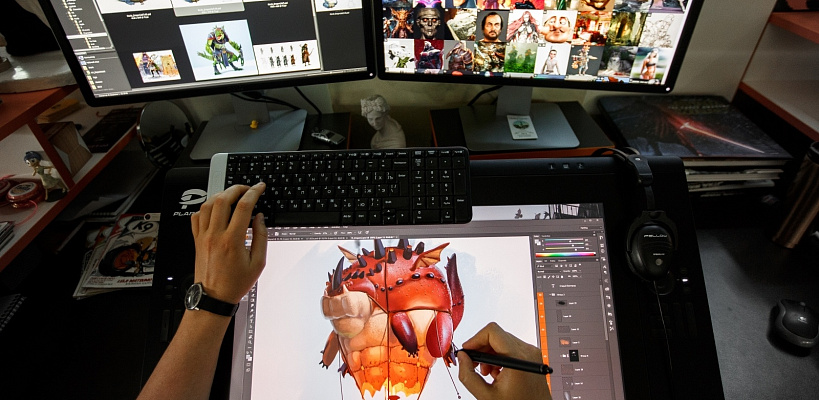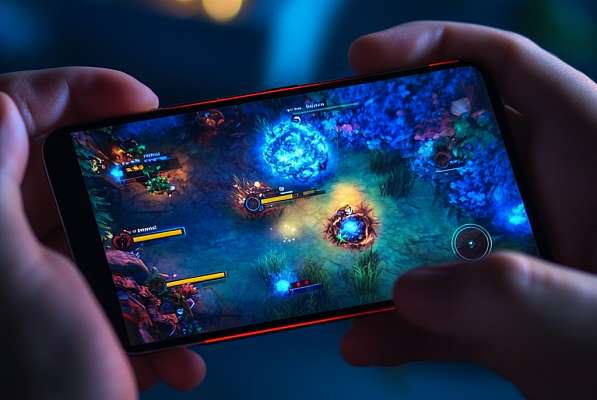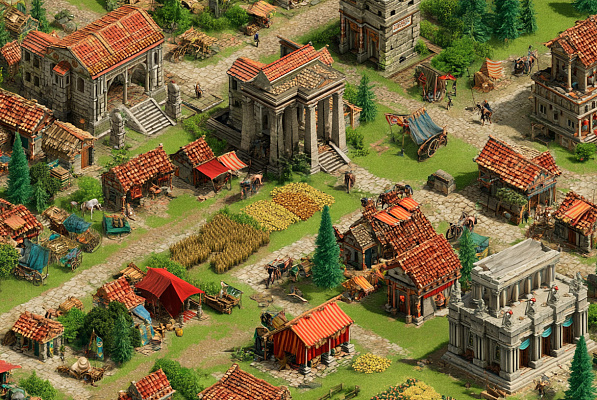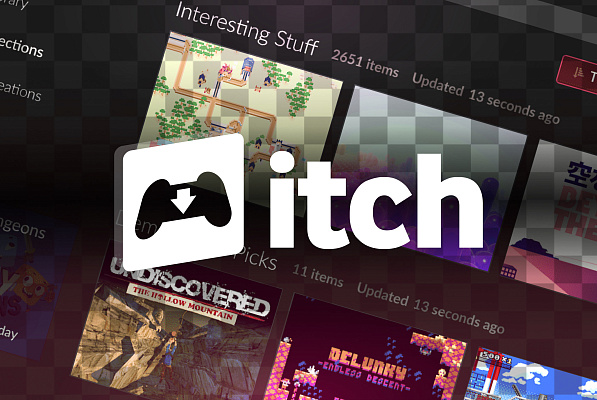In case you’ve only vaguely heard the term indie game, let me clarify: it has nothing to do with India or Native Americans. The term comes from the English word indie — short for independent. In other words, it refers to a game made by a studio independent of large corporations.
Indie games are not just about creativity but also a business that can generate income. Creating a game from scratch and turning it into profit is a complex but achievable process. In this article, I’ll break down how indie developers can navigate the journey from an idea to their first earnings. We’ll look at real examples, practical tips, and ways to overcome challenges, drawing on successful experiences.
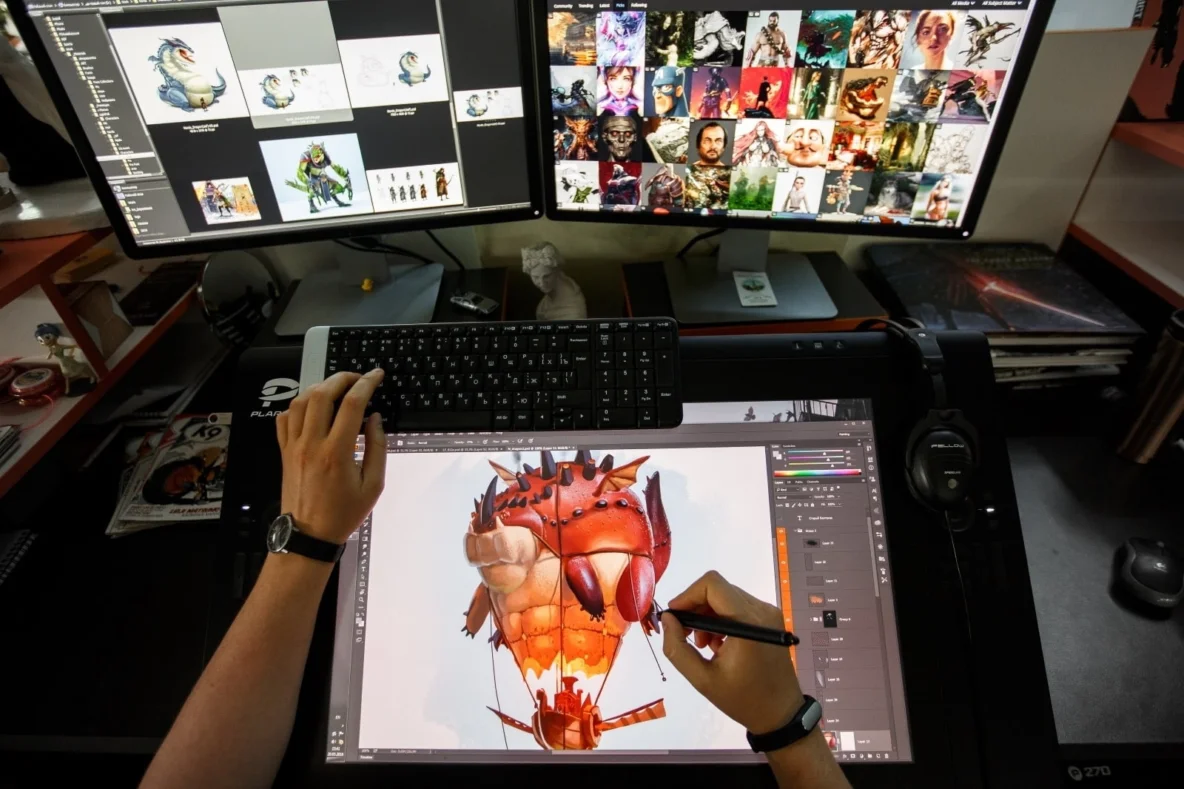
Idea and Concept — The Foundation of a Successful Game
Creating an indie game starts with an idea that should be exciting for you and appealing to players. At the same time, define your target audience: who are your players — casual gamers, fans of challenging games, or perhaps kids?
Your passion for the project will sustain you through tough times, but the idea also needs market potential. Study popular genres and trends on platforms like Steam or Google Play. Alternatively, take the opposite approach and find underserved niches. Keep in mind, though, that this comes with the risk of missing a broad audience.
Ideas for the story can come from non-gaming sources. For example, the game Monument Valley drew inspiration from M.C. Escher’s architecture, making it visually unique. By the way, your personal experiences or cultural elements can also serve as the basis for an original storyline. For instance, the creators of Sanyok were clearly inspired by their post-Soviet childhood.
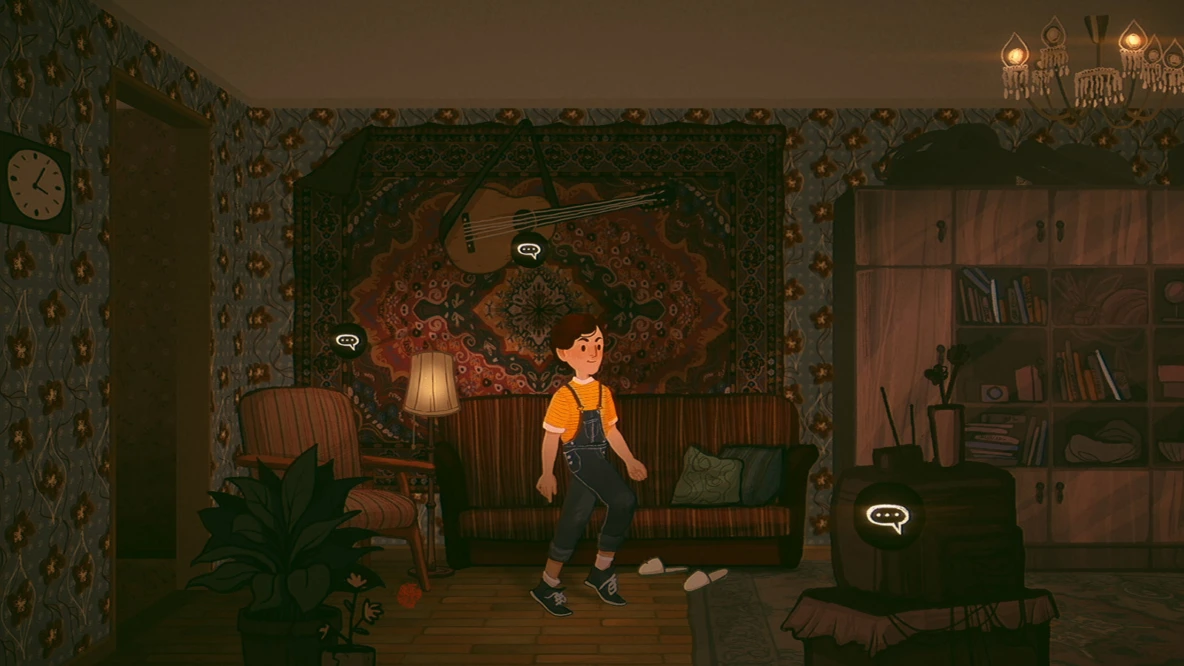
Then test your idea. Create a prototype or a minimum viable product (MVP) and publish it on itch.io to gather feedback. This will help you understand whether the idea resonates with players and avoid unnecessary costs. Remember: your game doesn’t need to be revolutionary, but it should offer something new — whether it’s mechanics, style, or emotional depth. For example, Undertale stood out thanks to its unique combat system and humorous narrative.
Ido Yehieli, creator of Cardinal Quest, advises building prototypes quickly to test whether the idea “hooks” and not striving for perfection in the early stages.
How to Minimize Costs
For indie developers, flexibility and resource conservation are key. Use free game engines like Godot or Unity, which offer powerful tools at no cost. For 3D modeling, Blender is a great option, and for audio, try Audacity. Free assets can be found on sites like OpenGameArt or Freesound, but ensure their licenses allow commercial use. If you need specific skills, hire freelancers through Upwork or Fiverr instead of full-time staff — it’s cheaper. You can also outsource some work to established development teams.
Focus on the game’s core features, avoiding “feature creep” — unnecessary additions that inflate costs. Create a minimum viable product (MVP) to test your idea. Also, connect with other developers on forums like Reddit or Habr — this communication can provide valuable insights.
Eric Barone, the developer of Stardew Valley, worked alone using his savings and free tools, which allowed him to create a game with minimal costs that ultimately earned $300 million.
Development Process: From Planning to Release
The development of an indie game is divided into three main stages:
- Pre-production: Create a Game Design Document (GDD) outlining the concept, mechanics, style, audience, and budget. Develop a prototype to test core ideas. Set realistic deadlines and milestones to avoid burnout.
- Production: Work iteratively, breaking the project into small tasks. Use version control systems like GitHub to manage code. Regularly check progress and be ready to adjust plans if something isn’t working. If working in a team, maintain open communication.
- Post-production: Conduct alpha and beta testing with a small group of players to identify bugs. Optimize the game for different platforms to improve performance. Prepare the game for release, including creating a platform page and marketing materials.
How to Enter the Market
Without marketing, even the best game can go unnoticed. Effective marketing and the right choice of platform are key to your game’s success.
Start promoting from the early days of development: share the process on social media and messaging platforms like X, Telegram, or TikTok. Post short videos showcasing gameplay or behind-the-scenes moments. Create a high-quality trailer and screenshots for the game’s page on Steam or itch.io that convey the game’s atmosphere.
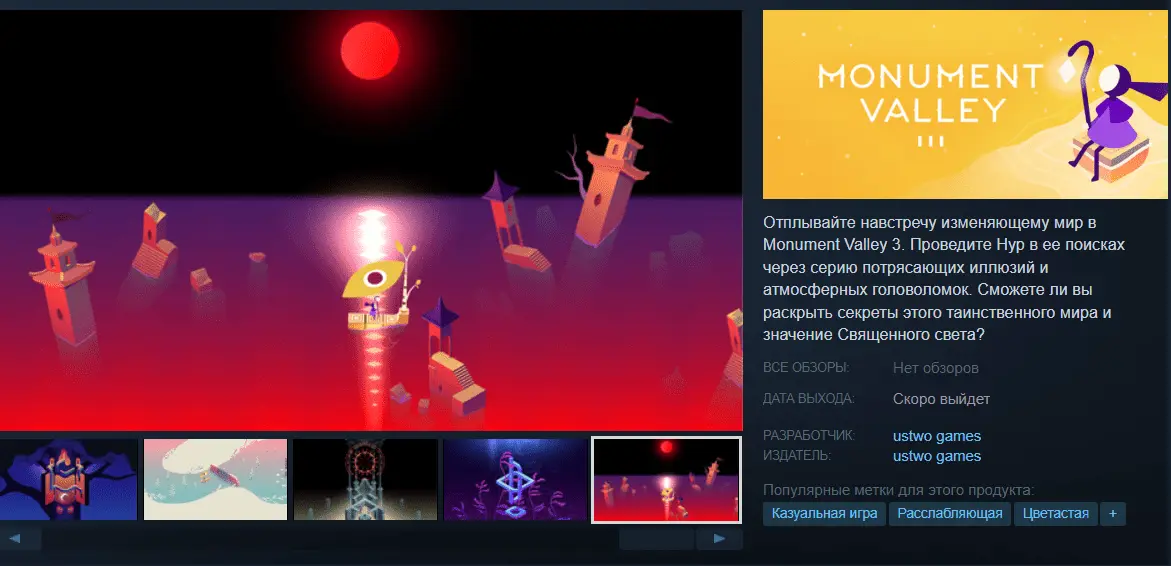
Connect with gaming bloggers and streamers through services like Keymailer or Indieboost, sending them review keys. Participating in offline or online game jams and conferences will help you build connections in the broader game development community.
SEO is important. Optimize your game’s page with keywords for better visibility in search engines.
And remember: marketing doesn’t end with sales — after release, continue engaging with players to maintain interest and gather feedback.
How to Monetize?
- Fixed-price sales: Suitable for PC and consoles, for example, Hollow Knight was sold for $15.
- Free-to-Play with purchases: A free game with in-game purchases (cosmetics, boosts) is a popular option on mobile platforms.
- Advertising: Add unobtrusive ads, such as reward videos, as seen in QuizzLand.
- Subscriptions: If your game is included in Xbox Game Pass or Apple Arcade, you receive a share of the revenue.
- Crowdfunding: Platforms like Kickstarter help raise funds before release.
Examples of Successful Indie Games
- Stardew Valley (Eric Barone): One developer, four years of work, $300 million in revenue. Success thanks to deep gameplay, updates, and porting to multiple platforms.
- Hollow Knight (Team Cherry): A small team created a metroidvania with beautiful style and challenging gameplay. Regular updates and DLC kept players engaged.
- Undertale (Toby Fox): A cult game created almost single-handedly using free tools. Its unique story and humor made it a hit.
- Among Us (InnerSloth): A simple game that exploded in 2020 thanks to social media and streamers. Regular updates sustained its popularity.
- Celeste (Matt Makes Games): A platformer addressing mental health themes that resonated with players. Success thanks to quality and an affordable price ($20).
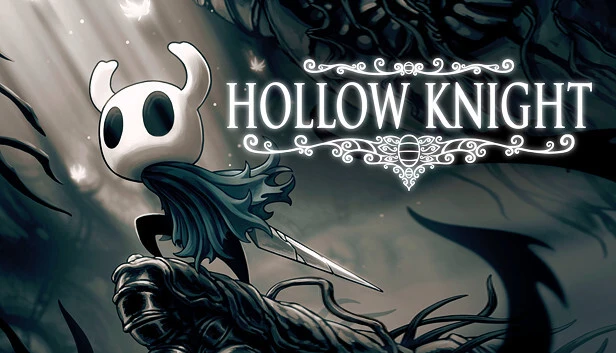
Earning money from indie games is possible if you combine creativity, a business approach, and persistence. Every step matters — from a unique idea to smart monetization. Start small, test ideas, build a community, and don’t be afraid to experiment. Indie development isn’t just about money but also about creating something meaningful that inspires players worldwide.

